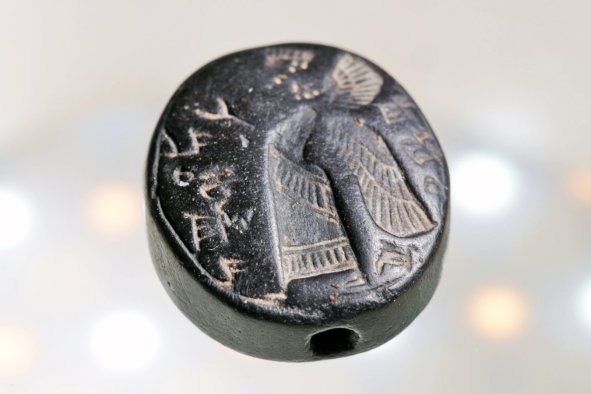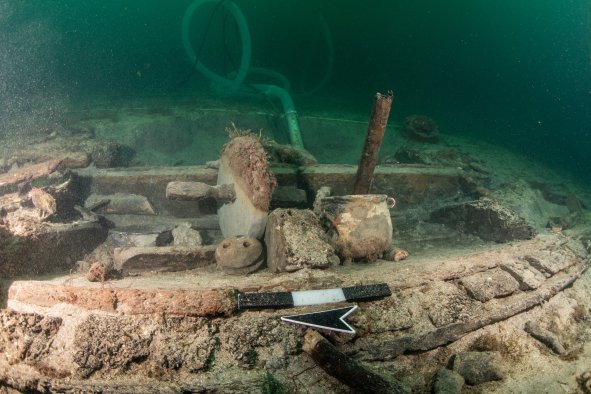Archaeologists have uncovered the remains of an ancient Egyptian astronomical observatory at a temple site. The observatory, thought to date to the sixth century B.C., was built with mud bricks and is believed to have been used to track the movement of the sun and stars.
The Egyptian archaeological mission of the country's Supreme Council of Antiquities (SCA) made the discovery at the archaeological site of the Temple of Buto in Tell el-Fara'in, in northern Egypt, the Ministry of Tourism and Antiquities said in a statement. Buto was the Greek name for a local ancient Egyptian goddess referred to as Wadjet.
During excavations at the site, archaeologists identified an astronomical observatory building in the southwest corner of the temple area. Ayman Ashmawy, head of the SCA's Egyptian antiquities division, said this building is the largest known astronomical observatory from the sixth century B.C. in the country, with a total area of approximately 9,150 square feet.
Its architectural design includes an entrance facing toward the east where the sun rises, an open central hall with columns and high, inward-sloping mud brick walls. Among the finds in the observatory was a sloping stone sundial. Also known as sloping shadow clocks, these instruments were considered one of the most important tools for measuring time in the ancient world.
The instrument consists of a nearly 16-foot-long limestone slab, topped by five flat limestone blocks—three vertical and two horizontal. Archaeologists also found another instrument in the observatory—consisting of a stone block installed in a circular hall—that is thought to have been used to take measurements of the sun's inclination.
In addition, the mission found several mud brick rooms that were likely used to store some of the observatory's tools and another that may have represented the facility's tower.
Among other finds from the observatory were a number of artifacts, including statues, jewelry and various pottery objects used in religious rituals and daily life.
Mohamed Ismail Khaled, secretary-general of the SCA, said the latest findings highlight the "ingenuity and skill" of the ancient Egyptians when it came to astronomy.
The Egyptians had an advanced understanding of astronomy for their time. They cataloged stars, mapped constellations, tracked the movements of celestial bodies like the sun and moon and created the concept of a 365-day calendar, among other achievements. Furthermore, the Egyptians wove the workings of the night sky into many aspects of their culture and mythology.
Do you have a tip on a science story that Newsweek should be covering? Do you have a question about archaeology? Let us know via science@newsweek.com.
Disclaimer: The copyright of this article belongs to the original author. Reposting this article is solely for the purpose of information dissemination and does not constitute any investment advice. If there is any infringement, please contact us immediately. We will make corrections or deletions as necessary. Thank you.




